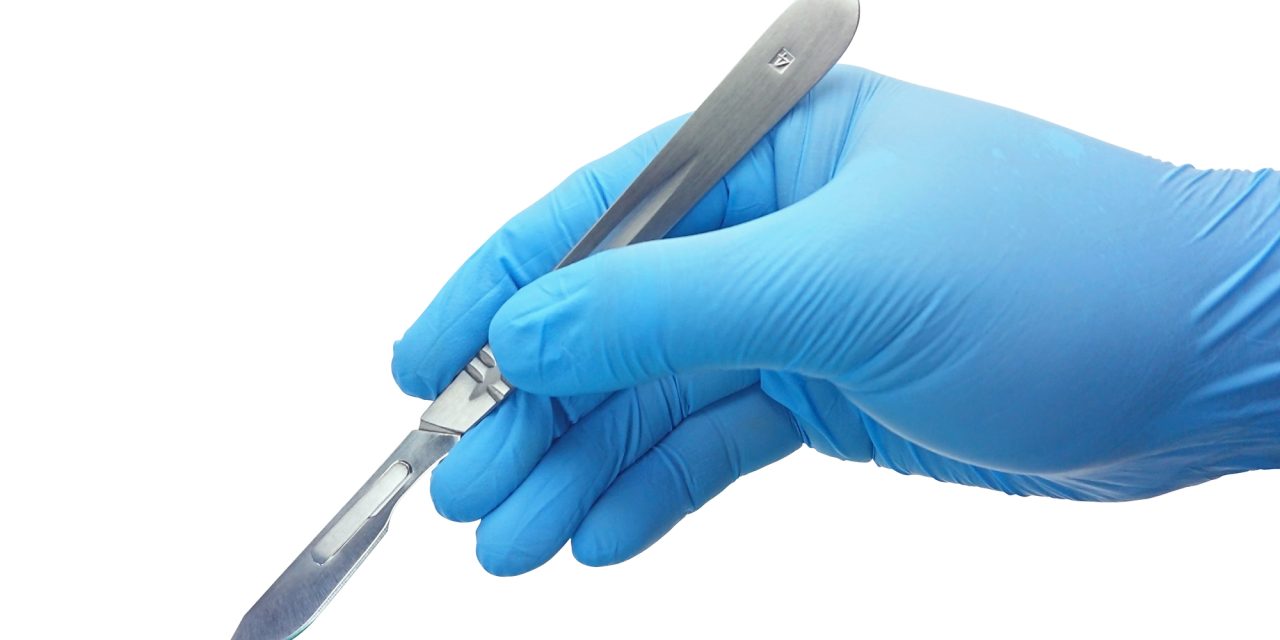The persistence of health care disparities along racial and ethnic lines highlights the complex and multifactorial nature of this national concern. The paucity of physicians ethnically underrepresented in medicine to treat an ever-growing heterogeneous population inherently contributes to these ongoing disparities. The authors proposed an approach to improve the representation of physicians underrepresented in medicine in their plastic surgery residency program. With a renewed commitment to ethnic diversity and inclusion, a multifaceted recruitment and retention approach was implemented at the University of Pennsylvania plastic and reconstructive surgery residency program from 2015 to 2020 (5 academic years). A retrospective review of the demographics of the program’s residents was then assessed over the past 9 academic years for comparison (2011 to 2020). The representation of underrepresented-in-medicine residents within the plastic and reconstructive surgery residency program steadily increased with the implementation of this multifaceted approach, reaching an unprecedented high. Currently, 29 percent of all residents are underrepresented in medicine and 29 percent are female, some of whom are also underrepresented in medicine. Although the female representation is on par with the national average, the underrepresented-in-medicine representation is far greater than the national average. As a result of this multifaceted approach, the representation of African American and Latino plastic surgery residents at the University of Pennsylvania now far exceeds current national averages. Unfortunately, the representation of Native American and Alaskan Natives is still lacking, despite the program’s broadened recruitment efforts. The success of this experience describes a successful strategy that institutions can implement to enhance underrepresented-in-medicine representation among its plastic surgery trainees.Copyright © 2021 by the American Society of Plastic Surgeons.
In Search of Workforce Diversity? A Program’s Successful Approach.


